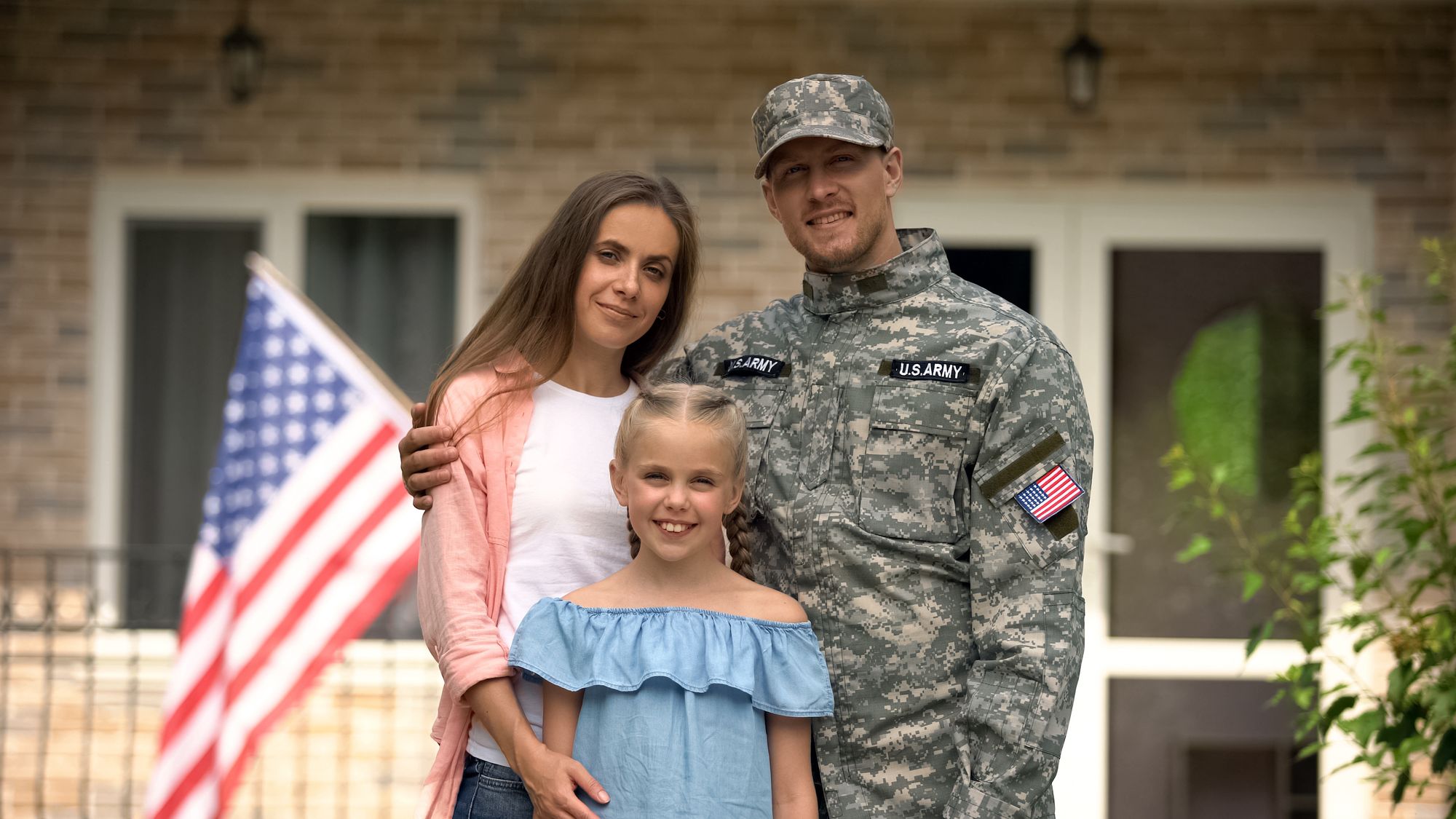Having a roof above one's head is a basic need. However, millions worldwide don't have homes to provide protection and comfort.
In 2020, around 22,048 United States veterans were in homeless shelters due to substance abuse, mental health problems, and an overall lack of affordable housing. Fortunately, private and government organizations help homeless people get back on their feet.
For instance, the US Department of Veterans Affairs (VA) runs and guarantees home loan programs for qualified borrowers to make home ownership easier. Aspiring homeowners must inquire through the nearest VA office or third-party lenders. Meanwhile, they may also gather essential information on VA home loans, as below.
- VA home loans aren't for everyone
Like the rest of private and government-backed financing programs, the VA home loan is restricted to individuals who served or continue to serve in different capacities. In a nutshell, it's for:
- Veterans
- Active military members
- Discharged and active members of the Reserve forces and National Guards
- Surviving spouses of military members who died or were disabled during active duty
VA loan eligibility depends on a member's scope and date of active service. For instance, current members' minimum operational duty requirement is 90 days without a break. For veterans, it varies on the date of service. National Guards and Reserve force members may also be eligible depending on when they served.
For example, those active from September 1980 to August 1990 must have gone on uninterrupted duty for at least two years or at least 181 days for those discharged due to hardship or changes in the structure.
In some cases, veterans and active members who did not meet the minimum service requirements may still get their certificate of eligibility (COE) after being discharged for hardship, certain medical illnesses, disability, or any changes.
- There are various VA home loans available
When purchasing a home, it’s essential to know the VA home loans available. Here’s a quick guide:
- Native American Direct Loan (NADL): The Native American Direct Loan is available for Native American active members or veterans who want to engage in any housing-related activity within the federal trust lands or Reservation areas. There are about 547 federally recognized tribes in the country.
- VA-backed purchase loan: Aspiring homeowners who are either veterans or on active duty can use a VA home loan to purchase their family home. It works similarly to other home mortgage programs but often doesn't require a down payment and hefty monthly interest rates on top of the amortization costs. Hence, this is perfect for first-time homebuyers.
- Interest Rate Reduction Refinance Loan (IRRRL): This VA home loan is a simple solution for existing borrowers who want to lower their interest rates and monthly payments further. Besides reducing monthly costs, submitting an application is easy, even through a private lender, as this is another VA-backed loan program. Ensure that as a borrower, you've never paid past due dates to increase your chances of approval.
VA cash-out refinance loan: If you have plenty of financial obligations, borrowing from your home equity may be a solution to consolidate your debts, refinance your current VA home loan or pay for other expenses.
This program typically replaces your mortgage with a larger sum to get the cash difference between them. Unlike an IRRRL, a borrower will likely pay higher interest and monthly rates for this loan type.
VA loans may be accessed directly from VA or other lenders. However, of the loan types below, the agency runs only the program for Native Americans. The rest are from third-party lenders catering to first-time home buyers or existing borrowers.
- VA home loan offers the best option for low-income earners
Besides less stringent requirements and waived down payment, borrowers can enjoy the lowest interest rates from their VA-back home loans.
The latest information shows that a 30-year fixed rate interest for a VA home loan purchase is 6.5%, with an annual (APR) rate of 6.63%. The general rate for non-VA lenders is 7.16% and 7.18%, whereas the figures from the Federal Housing Authority (FHA) loan show a 6.42% interest rate and 7.28% APR.
When looking at long-term loans, it's also crucial to look at the annual percentage rate, as it shows the yearly total cost of the loan, including fees.
- Borrowers must pay VA funding fees
Borrowers will be asked specific VA funding fees, depending on how much down payment was made or if it's the borrower's first or second VA loan. For example, according to the Military Benefit Association, first-time borrowers who put in from zero up to 4.9% of the total loan cost must pay 2.3% funding charges, whereas frequent borrowers who place the same equity are charged 3.6% of the entire VA loan amount.
However, all VA loan applicants pay the same rates of 1.65% and 1.4% funding charges for down payments of five to 9.9% and more than 10% of the total loan package, respectively.
VA funding fees are used to manage the home loan costs, so taxpayers don't bear the brunt of this low-cost loan program. Over 256,000 VA home loans amounting to more than USD$83 billion were processed in the first quarter of this year.
Conclusion
VA home loans are offered to veterans, active soldiers, or their surviving spouses. Besides low-interest rates and APR, borrowers can sometimes waive their down payment and reduce interest further through refinancing schemes.
With these benefits, more military members will hopefully avail, helping address homelessness among US veterans and members.

